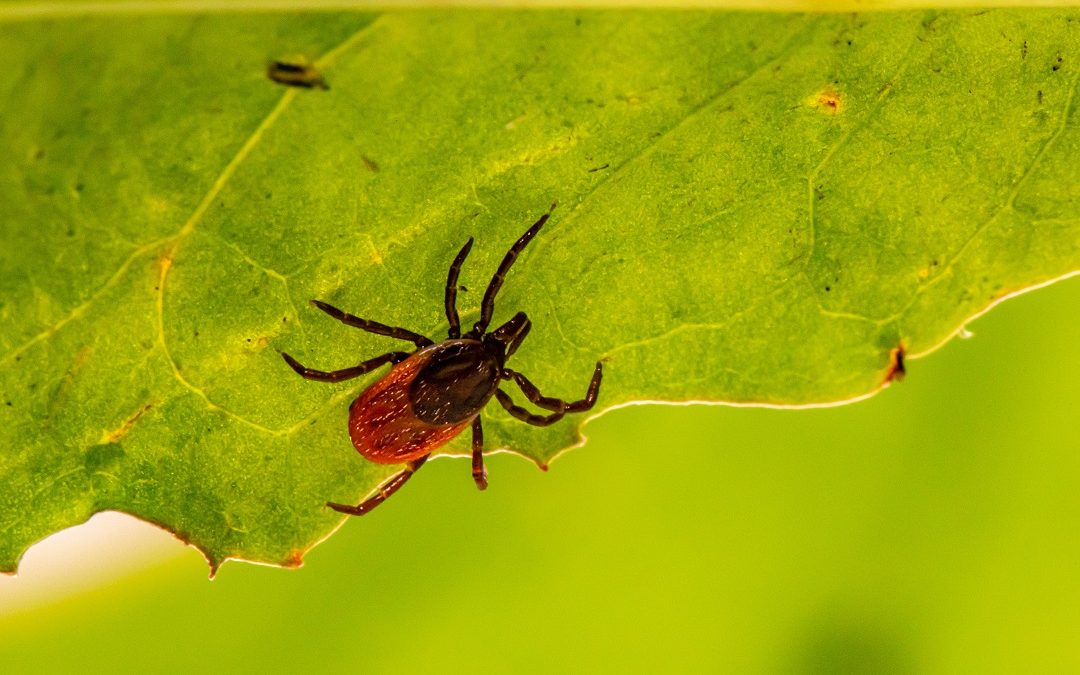Fall in Pennsylvania can be magical. The foliage, the apples, the apple cider, the apple cider donuts, the apple dumplings. Sorry, we just really like apples around here. What’s also magical? Enjoying the great outdoors without constantly swatting at mosquitoes. But don’t let your guard down entirely. Several pests can crop up or persist in the fall. Have no fear though, Good’s tree experts are happy to talk with you about how our Integrated Pest Management approach can reduce the potential harm of fall pests while minimizing negative environmental impacts. Here’s our Fall pest list:
Oak Leaf Itch Mite
In the late summer and early fall, populations of Pyemotes herfsi, commonly known as oak leaf itch mite, are built up to their largest. Some studies indicate that up to 370,000 of these unwanted visitors can fall from trees each day. As their common name indicates, oak leaf itch mites can produce itchy, red rashes and raised bumps. Gardeners are most at risk for being bit by oak leaf itch mites, but they’re carried easily on wind and can blow into open windows.
Blacklegged Tick
You’ve likely learned to be vigilant about ticks while enjoying outdoor summer activities, but these disease-bearing pests aren’t going anywhere once temperatures start dropping. According to PennState Extension, adult ticks can be actively seeking hosts any day when temperature are above freezing. So stay vigilant- continue to use insect repellent, regularly check yourself as well as children and pets for ticks, and wear long sleeves in wooded areas. Ticks should be removed immediately and carefully with a set of tweezers. Good’s Integrated Pest Management approach can help keep ticks off of your property.
Fall Webworm
Appearing from late summer through early fall, the fall webworm feeds on deciduous trees and shrubs. You’ve probably seen their conspicuous nests, which they form over the ends of branches. These unsightly nests can cover entire branches and span several feet. Although damage to trees can sometimes occur in the form of defoliation, fall webworms are primarily an aesthetic problem and can reduce the ornamental value of trees. Contact us for information on removing these eyesores.
Brown Marmorated Stink Bug
When temperatures start to drop, stink bugs can become a major home nuisance. Although they don’t bite humans, they are a serious threat to fruit and vegetable crops and their eponymous odor make them unwelcome house guests. Some people can have allergic reactions to the odor, especially individuals who are known to be sensitive to cockroaches and lady beetles. Treatments done in the fall can reduce the likelihood that you’ll be spending your winter hunting down stink bugs with a vacuum cleaner.


